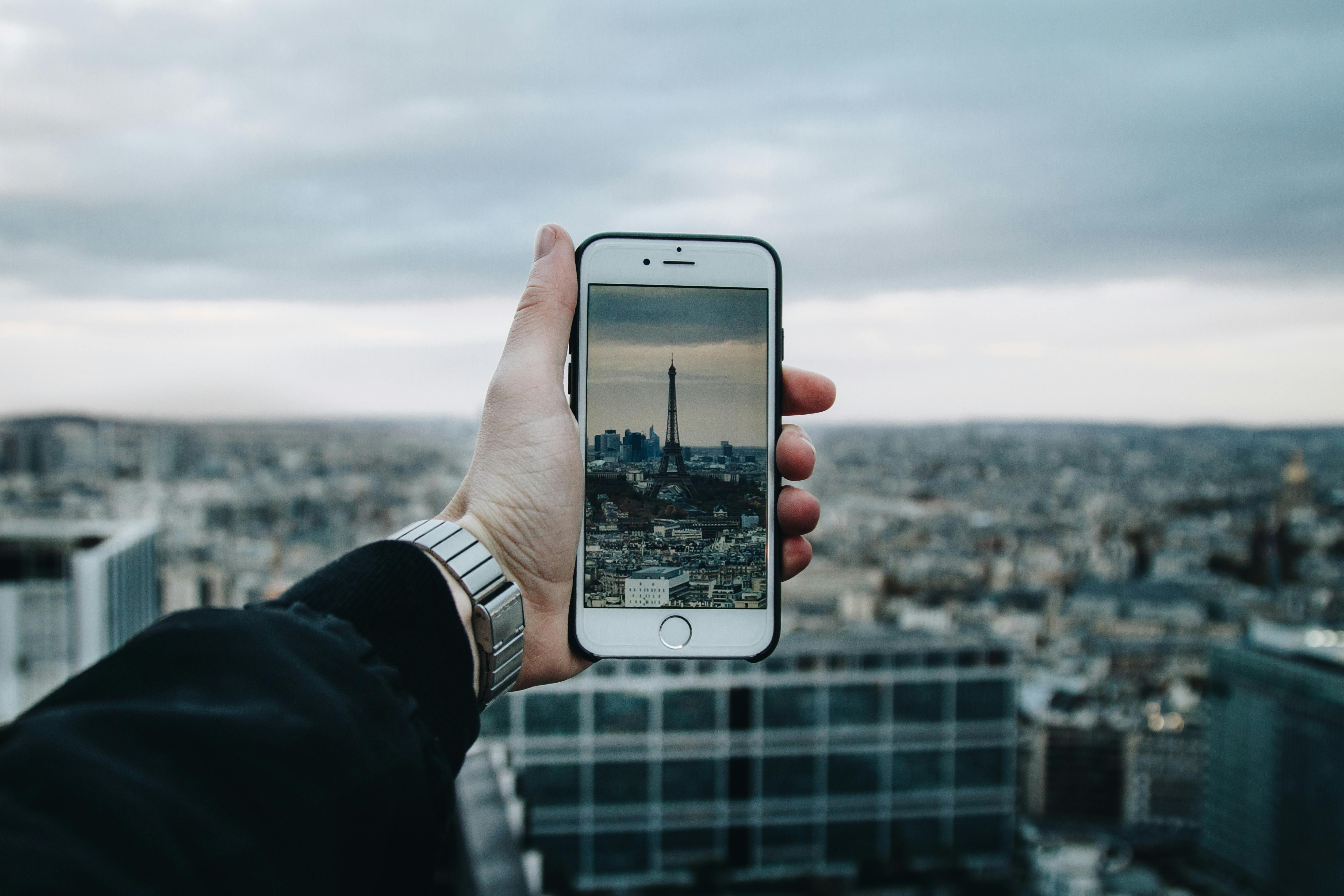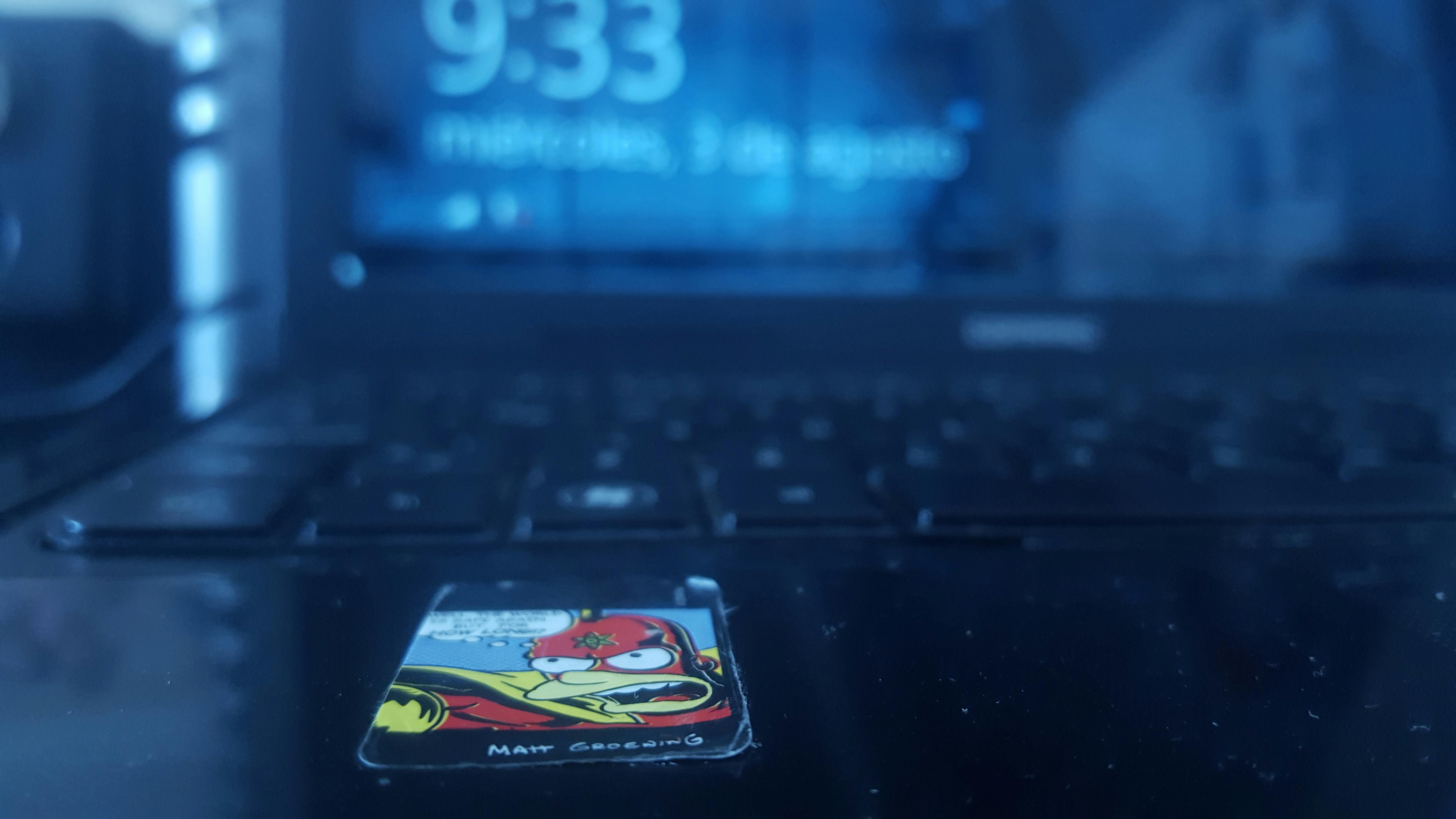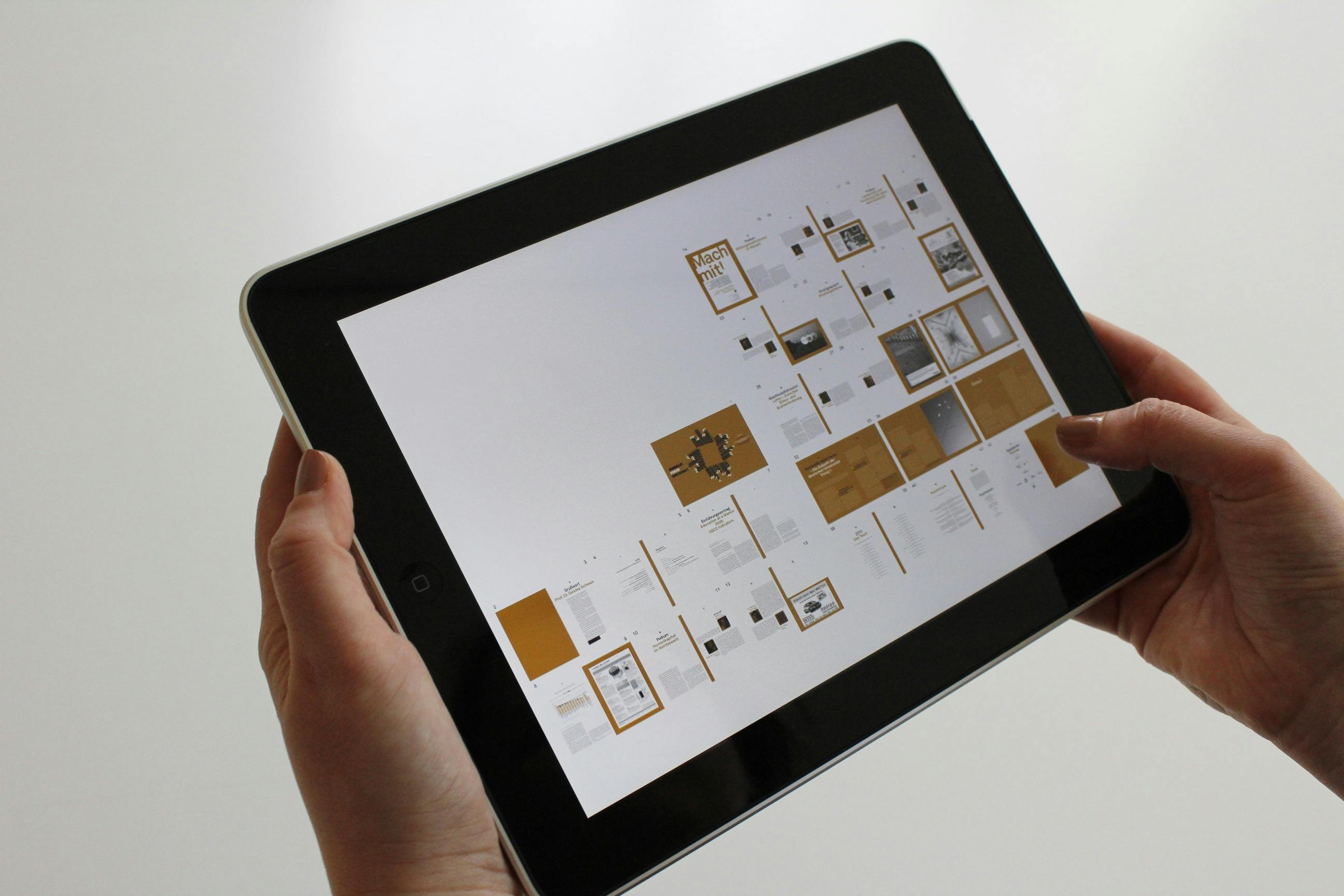Mobile marketing is still uncharted territory for many small businesses, but it is a marketing channel that should be embraced and considered as part of your integrated marketing communication campaign.
In a previous article, I shared how mobile marketing is a way to reach customers and prospects in a timely and low-cost manner. As an entrepreneur, I am always looking for effective ways to reach a large audience at low cost. In this post, I continue to explore other opportunities that can improve your business through mobile marketing.
Let’s look at mobile coupons first. A Mobile coupon is an electronic ticket requested and/or delivered by mobile phone that can be exchanged for an economic discount or bonus on the purchase of a product or service.
There are several ways to send coupons to a consumer’s mobile phone including the use of SMS, MMS or through QR codes. The customer redeems the coupon in store or online. MMS is available on almost all newer cell phones on the market. This means that retailers or businesses can design a coupon for the consumer to redeem when they bring their phone into the store.
Increasing product movements is often the main objective of coupons and rebates; however, retailers have more specific uses for mobile coupons including:
Introduction of new products. Sampling is the most spectacular way to get your new product into the hands of potential customers, but it is expensive. Coupons and discounts are a great alternative.
Create a database. Occasionally a retailer may wish to build their database to reach more prospects. Coupons can be redeemed when customers provide the information requested as part of the Terms and Conditions.
Improve attendance at an event. People will come to events when you have the right product and the right price. However, sometimes sponsors require an extra boost. Mobile coupons help support events.
Another way to cheaply market to your customers or prospects is by using QR codes. QR codes were created in Japan in 1994 by the Japanese corporation Denso-Wave. QR is short for Quick Response. QR barcodes can be quickly read by your mobile phone and are intended to allow content to be decoded at high speed. QR codes are used to take information from a transitory medium and place it on your cell phone.
The code consists of black modules arranged in a square pattern on a white background. Using QR codes with a mobile phone works by reading a two-dimensional array barcode called a “tag” that can contain an Internet URL, phone number, email address, or any other hidden message. This barcode allows you to upload more information than just a number. “
The user ‘scans’ or clicks on the label using their mobile camera phone running QR code reader software. The software automatically decodes the URL and delivers the appropriate content to the user.
Soon you will see more QR codes in magazines, web pages, billboards or even on a t-shirt. These codes are more useful than a standard barcode because they can store (and digitally present) much more data.
You can easily generate your QR code using a QR code generator or open source code to generate codes for you if you have a smart developer on hand.
If you want to download a QR code reader (software) so that you can scan and read mobile barcodes (QR codes), there are a variety of QR code software available for download from the Internet. There are many sites that offer the software for free. Create your own message and simply upload it to the QR code generator and watch what happens. Be creative. It’s really amazing and a lot of fun too.
Mobile coupons and QR codes are just two of the ways you can market and engage your target audience. Now you can easily reach consumers who own Bluetooth or Wi-Fi equipped smartphones with proximity marketing. Proximity marketing is the localized wireless distribution of advertising content associated with a particular location, business, retailer, or restaurant.
Businesses or retailers use proximity marketing by simultaneously targeting people who are already inside their stores and pedestrians who are relatively close to their windows to people who own mobile phones using Bluetooth wireless technology.
The process involves setting up a Bluetooth “broadcasting” device (a dongle) at a particular location (usually from a computer in the store) and then sending information that can be text, images, audio, or video to Bluetooth-enabled devices within the transmission server range The Bluetooth system can detect mobile phones in short distances of 25 M. The system is based on an opt-in model, so users only receive information if they want it.
Here is an example. A retailer in a mall can give a timed instruction to send a digital coupon during the lunch hour to all mobile devices located in the vicinity of a specific restaurant at that particular time. Accept the coupon and redeem it on the spot!
The question you may be asking yourself is ‘once an offer has been sent to a mobile device, does it continue to be sent to the same mobile? The answer to that is no, but you could if you wanted to. The ads are completely permission based and will only send your offer to mobiles that request it.
Once the recipient’s mobile phone has received or rejected the content, the software will not send the same content to the same mobile in the same campaign again. Proximity marketing is not just limited to retailers. Any number of companies can participate in this low-cost marketing.
Currently, iPhones cannot receive such transmissions.
Some of the benefits of proximity marketing for retailers include
– Ensures recipients have an enhanced retail experience.
– Drive sales by offering digital delivery of coupons and promotional material.
– Encourage repeat visits so users can purchase new or updated content.
– Increase loyalty through redemption opportunities and loyalty programs.
– Extend the brand beyond the point of sale.
– Reduce costly paper marketing material.
Consumer benefits include
– Improved retail experience.
– Higher level of customization.
– Consumers can store content on these devices to view later.
– Consumers can receive exclusive content distributed only in select locations.
For small business owners and retailers, proximity marketing gives them the ability to inform consumers of their interest at a specific time and place.
Whether it’s mobile coupons, QR codes or proximity marketing, each of these channels allows you to reach customers and prospects in real time and at a very low cost per person. When it comes to spending my advertising dollars, I’m going to lean towards the marketing channel that will have a higher chance of being seen…and that my friend is called a cell phone.




